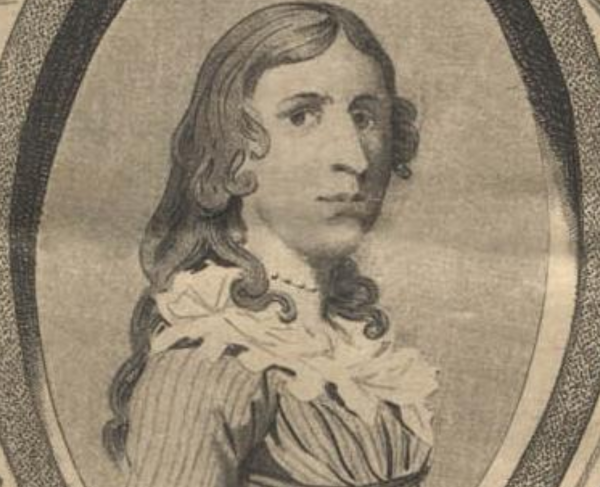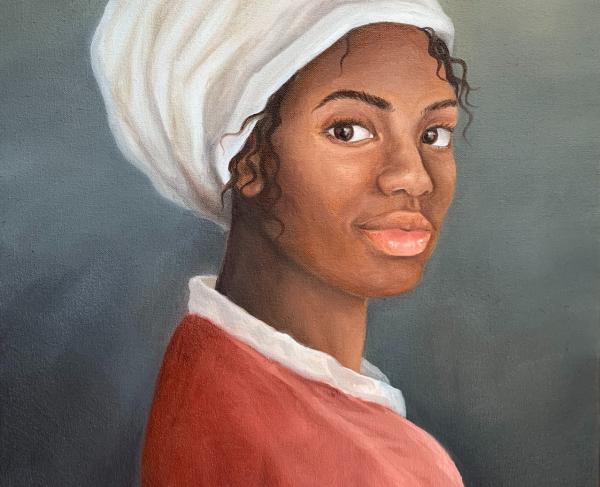Deborah Sampson

Not unlike women eighty years later who disguised themselves as men to serve in the Union and Confederate armies of the Civil War, women of the Revolutionary Era also itched to get into the fight, do their part for the cause, and be engaged in a historical moment.
One of the best examples of a woman who disguised herself as a man to fight in the Continental Army was Deborah Sampson from Uxbridge, Massachusetts. Amazingly she also has a paper trail concerning her combat service in the army, where she fought under the alias of Robert Shurtliff, the name of her deceased brother, in the light infantry Company of the Fourth Massachusetts Regiment.
She mustered into service in the spring of 1782 and saw action in Westchester County, New York just north of the City of New York where she was sustained wounds to her thigh and forehead. Not wanting her identity to be revealed during medical care she permitted physicians to treat her head wound and then slipped out of the field hospital unnoticed, where she extracted one of the bullets from her thigh with a penknife and sewing needle. The other bullet was lodged too deep and her leg never fully healed. Her identity was finally revealed during the summer of 1783 when she contracted a fever while on duty in Philadelphia. The physician who treated her kept her secret and cared for her.
After the Treaty of Paris she was given an honorable discharge from the army by Henry Knox. Like other veterans of the Continental Army she was continually petitioning the state and federal government for her service pension. She later married and had three children settling down in Sharon, Massachusetts. To help make ends meet she often gave public lectures about her wartime service.
By the time she died in 1827, she was collecting minimal pensions for her service from Massachusetts and the federal government. In her memory a statue stands today outside the public library, in Sharon, honoring her Revolutionary War service and sacrifices.


